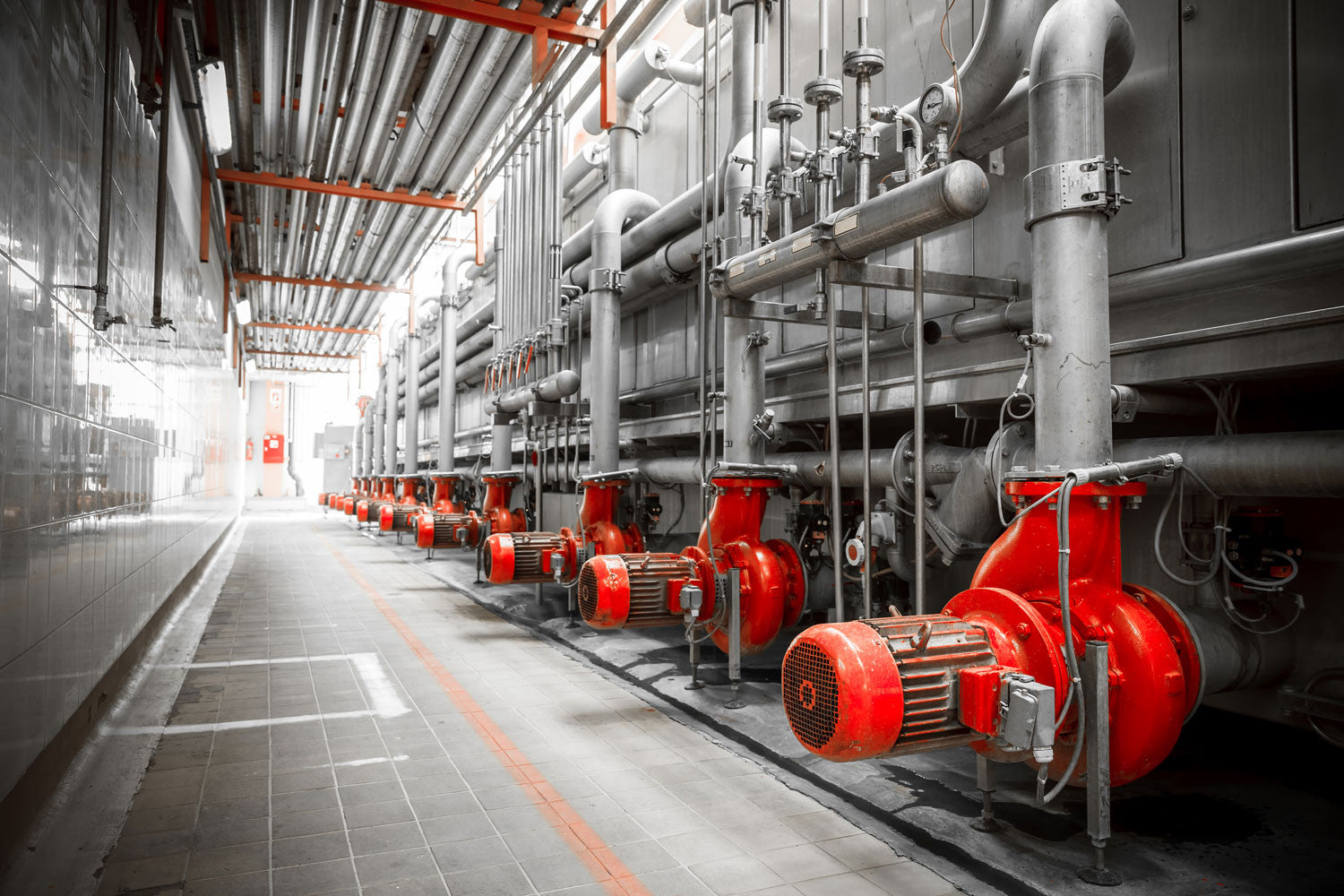Roar Solutions Things To Know Before You Buy
Roar Solutions Things To Know Before You Buy
Blog Article
The 25-Second Trick For Roar Solutions
Table of ContentsThe Buzz on Roar SolutionsRoar Solutions - The FactsThe Best Strategy To Use For Roar Solutions
In order to secure setups from a potential surge an approach of analysing and classifying a possibly dangerous area is called for. The function of this is to ensure the proper choice and installation of devices to ultimately stop a surge and to guarantee safety of life.
(https://www.metooo.io/u/roarsolutions)
No devices needs to be installed where the surface area temperature level of the tools is higher than the ignition temperature of the given hazard. Below are some common dust dangerous and their minimal ignition temperature. Coal Dirt 380C 225C Polythene 420C (thaws) Methyl Cellulose 420C 320C Starch 460C 435C Flour 490C 340C Sugar 490C 460C Grain Dirt 510C 300C Phenolic Material 530C > 450C Aluminium 590C > 450C PVC 700C > 450C Residue 810C 570C The likelihood of the threat being present in a concentration high enough to cause an ignition will certainly vary from location to area.
In order to classify this danger a setup is split into areas of risk relying on the quantity of time the unsafe is existing. These areas are referred to as Zones. For gases and vapours and dirts and fibres there are three zones. Area 0 Zone 20 A harmful atmosphere is extremely most likely to be existing and might exist for lengthy periods of time (> 1000 hours each year) and even continuously Area 1 Zone 21 A dangerous atmosphere is feasible however unlikely to be present for lengthy durations of time (> 10 450 C [842 F] A category of T6 indicates the minimum ignition temperature level is > 85 C [185 F] Unsafe area electric devices possibly developed for use in higher ambient temperatures. This would certainly suggested on the rating plate e.g. EExe II C T3 Ta + 60C( This suggests at 60C ambient T3 will not be exceeded) T1 T1, T2, T3, T4, T5, T6 T2 T2, T3, T4, T5, T6 T3 T3, T4, T5, T6 T4 T4, T5, T6 T5 T5, T6 T6 T6 A T Course rating of T1 suggests the optimum surface temperature level generated by the tool at 40 C is 450 C. Presuming the associated T Course and Temperature level ranking for the devices are appropriate for the location, you can constantly make use of an instrument with a much more strict Department rating than needed for the location. There isn't a clear answer to this inquiry. It really does depend upon the sort of devices and what repairs require to be performed. Tools with specific test treatments that can't be carried out in the field in order to achieve/maintain 3rd party score. Should return to the factory if it is prior to the tools's solution. Field Repair Service By Authorised Personnel: Complex screening may not be called for however particular treatments may need to be complied with in order for the tools to maintain its 3rd party rating. Authorised workers must be utilized to do the work correctly Repair work need to be a like for like replacement. New element need to her latest blog be considered as a straight substitute calling for no unique screening of the equipment after the repair work is total. Each tool with a hazardous rating must be examined individually. These are laid out at a high degree listed below, yet for even more comprehensive info, please refer directly to the guidelines.
The Ultimate Guide To Roar Solutions
The tools register is a thorough data source of tools documents that consists of a minimum set of fields to recognize each product's location, technological specifications, Ex category, age, and environmental information. The proportion of Detailed to Close assessments will be identified by the Devices Danger, which is evaluated based on ignition danger (the possibility of a source of ignition versus the chance of a combustible environment )and the unsafe location classification
( Zone 0, 1, or 2). Carrying out a durable Risk-Based Examination( RBI )approach is essential for guaranteeing compliance and safety and security in taking care of Electrical Devices in Hazardous Locations( EEHA).
Some Known Incorrect Statements About Roar Solutions

In regards to explosive risk, an unsafe location is an atmosphere in which an explosive atmosphere is present (or might be anticipated to be existing) in quantities that require special precautions for the building, setup and use of devices. Roar Training Solutions. In this post we explore the obstacles faced in the office, the danger control measures, and the needed competencies to function securely
It issues of modern life that we make, store or manage a variety of gases or fluids that are deemed combustible, and a series of dusts that are considered flammable. These substances can, in particular conditions, develop eruptive atmospheres and these can have major and unfortunate repercussions. Many of us recognize with the fire triangle eliminate any kind of one of the 3 elements and the fire can not happen, but what does this mean in the context of harmful locations? When breaking this down into its most basic terms it is essentially: a combination of a certain quantity of launch or leakage of a specific substance or material, blending with ambient oxygen, and the visibility of a source of ignition.
In many instances, we can do little regarding the degrees of oxygen airborne, yet we can have substantial influence on sources of ignition, for instance electrical equipment. Hazardous areas are recorded on the dangerous area classification drawing and are identified on-site by the triangular "EX" sign. Here, amongst other essential info, zones are split into 3 kinds relying on the threat, the likelihood and duration that an eruptive ambience will certainly exist; Area 0 or 20 is regarded one of the most unsafe and Area 2 or 22 is regarded the least.
Report this page